We’re all aware that vegan cooking gets a bad rap. It’s famously called bougie and expensive, difficult to cook, and deficient in protein and iron. It doesn’t have to be this way, though–even (perhaps especially) in the outdoors.
Ever since my first climbing trip, I’ve been camp cooking for huge groups of people and making delicious, nourishing, and cheap meals. Here’s the infinitely mix-and-matchable template that I use when cooking to ensure that my meals are good for the wallet, the body, and the soul.
I’ve found that one of the easiest wasy to cook in the outdoors is to put a sauté over a power-grain. Below, you’ll find all of the big categories that I draw from when I’m making this Great Outdoors Sauté. If you have at least one ingredient from each of these categories, your meal is pretty much guaranteed to be well-balanced.
Within each category, I’ve included examples of foods that are both cheap and generally quite easy to find. Even if you’re the only vegan in your crowd, you’ll still be able to find plenty of tasty food to eat at any supermarket if you follow this guide.
I encourage you to experiment with flavor combinations and cook whatever feels the most interesting or familiar to you. I’ve included spice palettes for some of the most common meals I make in case you get stuck, but these are just guidelines! Cook to your own taste, sample as you go, and have fun.
**Cover image is a very tasty vegan pasta I made this summer using the white “cheesy” sauce spice palette you’ll find below

My partner Tomo putting on warm socks to go cook outside on a chilly fall evening
The Recipe
Rich carbohydrate base
- Brown rice
- Pasta (chickpea pasta has lots of extra protein)
- Quinoa
- Amaranth (if you’re feeling crazy and have a lot of seasoning–its natural flavor is a bit weird)
Shelf-Stable protein source
- Cannellini beans
- Garbanzo beans (chickpeas)
- Kidney beans
- Black beans
- Lentils
Dark greens
- Spinach
- Kale
Other easy toppings/veggies
- Avocado (usually added fresh at the end)
- Tomato
- Bell pepper
- Lime / lime juice
- Cilantro
- Fresh basil
- Mushrooms
- Broccoli
- Red sauce (Rao’s is fabulous)
- Carrots
- Green beans or snap peas
Sample spice mixes
Red sauce mix
(best for pasta)
- Oregano
- Basil
- Sometimes sage and thyme
- Garlic
- Onion
- Salt
White “cheesy” sauce mix
(good with rice, quinoa, or pasta)
- Oregano
- Rosemary
- Nutritional yeast
- Garlic
- Onion
- Red Pepper flakes (optional)
- Salt
- Black pepper
Tex-mex mix
(best with rice or quinoa)
- Paprika
- Cumin
- Garlic
- Onion
- Salt
- Black pepper
- Lime
**The first time I ever made black beans that were actually good, I used this recipe, so that’s what I’m drawing from here! Check it out for more in-depth instructions
You can use the Great Outdoors Sauté template to cook all kinds of cuisine, including curries, fillings for wraps and burritos, or a stir fry like the one you see here
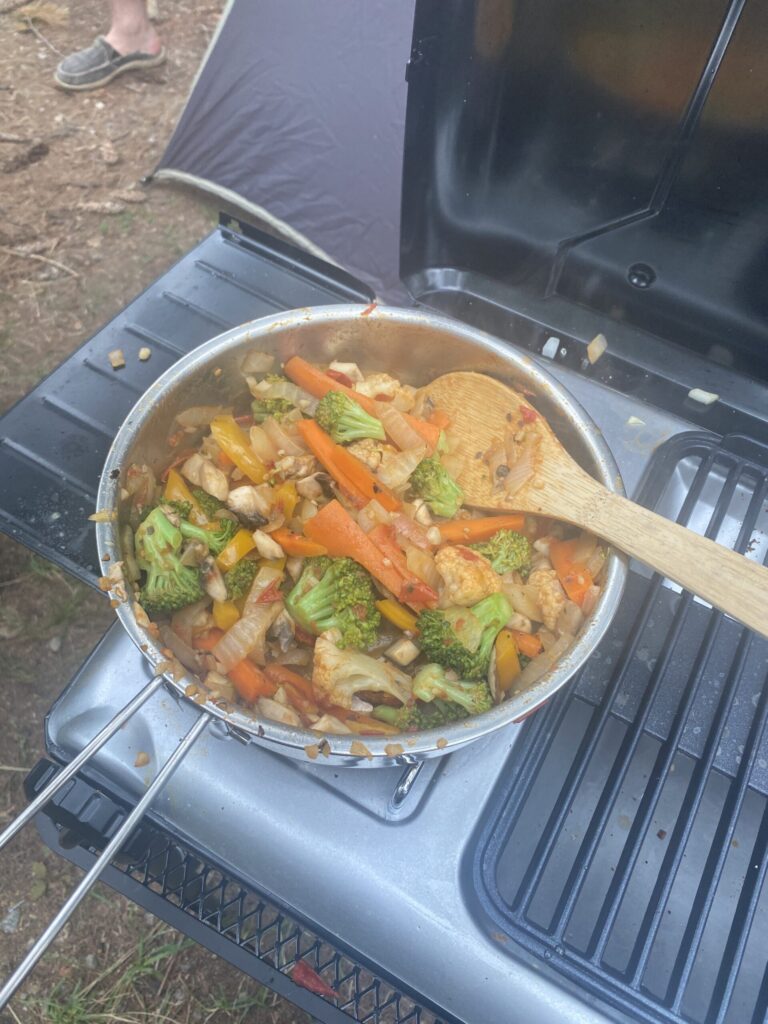
Super perishable treats
(keep in cooler and add to meals by third day)
- Vegan cheese
- Refrigerated vegan proteins
- Tempeh
- Seitan
- Unflavored and unsweetened soy milk
- I find this to be the most savory plant milk and therefore the best for cooking, but use whatever you prefer
- Special note: if you buy one of the boxed milks from a shelf instead of the refrigerator, then it doesn’t need to be refrigerated until opened
Cooking Materials
- Tiny bottle of olive oil (or avocado oil, or any of the other alternatives)
- At least one camp stove
- Can be helpful to have two stoves or a stove with more than one burner, but not necessary
- One big pot
- One pan
- Temperature-resistant stirring device
- Long camp spoon/spork, wooden spoon, etc.
- Solid chopping knife
- Cutting board
- Strainer or a pot with a straining lid
- Only really necessary for pasta
- Enough bowls for all the eaters (one person can eat out of the pot!)
- Enough utensils for all the eaters
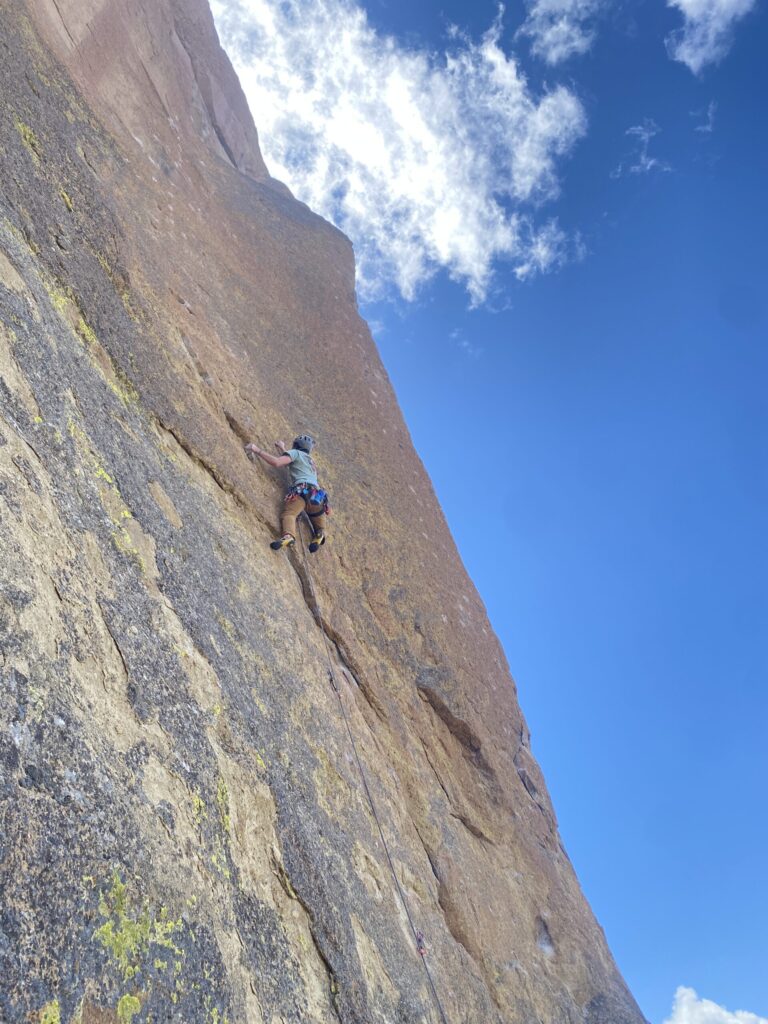
The sort of absolutely ill business your crew can get up to if everyone has a spot at the dinner table (Kirby putting up Screaming Yellow Zonkers at Smith Rock)
The Process
- Fill the big pot with water, light one burner, and begin boiling water for the grain. Read the packaging of whatever you’re making to ensure that you’re ballparking the right amount of water.
- If you’re making pasta, don’t add it to the water yet.
- If you’re making any of the other grains, you can add it to the water right away. Start a timer on your phone or on a wristwatch according to the instructions on the package.
- Light a second burner, put the pan on it, and pour some olive oil into the pan. The oil will begin to heat up.
- Hang out for about three minutes.
- If you’re using fresh garlic and onion, chop them now.
- This is also a good time to chop any extra veggies you’re using and rip up any kale you want to include.

The crew making a big mess and serving up a tasty dinner at the Pleasant Valley Pit Campground
- Once the oil is warm, add the garlic and onion.
- If you’re using fresh garlic and onion, don’t add anything else until the garlic is soft and the onion is translucent.
- If you’re using garlic and onion powder:
- Add greens at this time, too (if you’re not adding any extra veggies) or
- Add the extra veggies, let them sizzle until soft, then add dark leafy greens. I like to add my own fresh, diced tomatoes at this step if I’m making a red sauce.
- Once the garlic, onion, and other veggies are soft, add in greens.
- If you’re making a tex-mex recipe, you can add lime juice to taste before you do this.
- Be sure to check the temperature on your stove at this point. Some camp stoves get really hot, and that’s not always good for a sauté.
- Be attentive with the stirring device, and push the sauté around from time to time to prevent it from burning.
Good, nourishing veggies in the Miguel’s pavilion

- Once the greens are beginning to wilt but still have some strong color, open the legume can of your choice. Empty it into the pan.
- Keep as much or as little bean water as you want. For a white sauce, though, keeping lots of bean water is helpful. It’ll make your pasta more “cheesy” and turn your rice into a yummy risotto.
- There’s no hard and fast rule for when this step occurs, but this is often around the time that the water in the pot may begin to boil. Once it does boil, add the pasta and start a timer. If you’re not making pasta, cover the pot and reduce the heat at this point.
- Turn down the heat on the sauté and let everything simmer until the legumes are soft. Especially if you’re using softer beans, like cannellini beans, your sauté will start to thicken and look more like a sauce (yum!). While everything is simmering, there are some additional steps you can take depending on what you’re making.
- For any recipe, you can add most (if not all) of the seasoning now.
- For a red sauce, you can also pour in whatever jarred sauce you have. Adding it now will give the sauce time to warm and will allow the sauce and the sauté to mutually absorb each other’s flavor.
- For a white sauce, add lots of nutritional yeast, a splash of extra olive oil, and soy milk (if you have it) first. Stir until combined, then add seasoning.
- For a tex-mex recipe, add any remaining spices except cilantro. Save the cilantro for a garnish.
- Check on the grain.
- This is around when you might want to strain the pasta, fluff the rice with a fork, etc.
- Combine the sauté and the grain. You can either pour the sauté into the pot or dump the grain into the pan.
- You optionally can serve the sauté and grain separately.
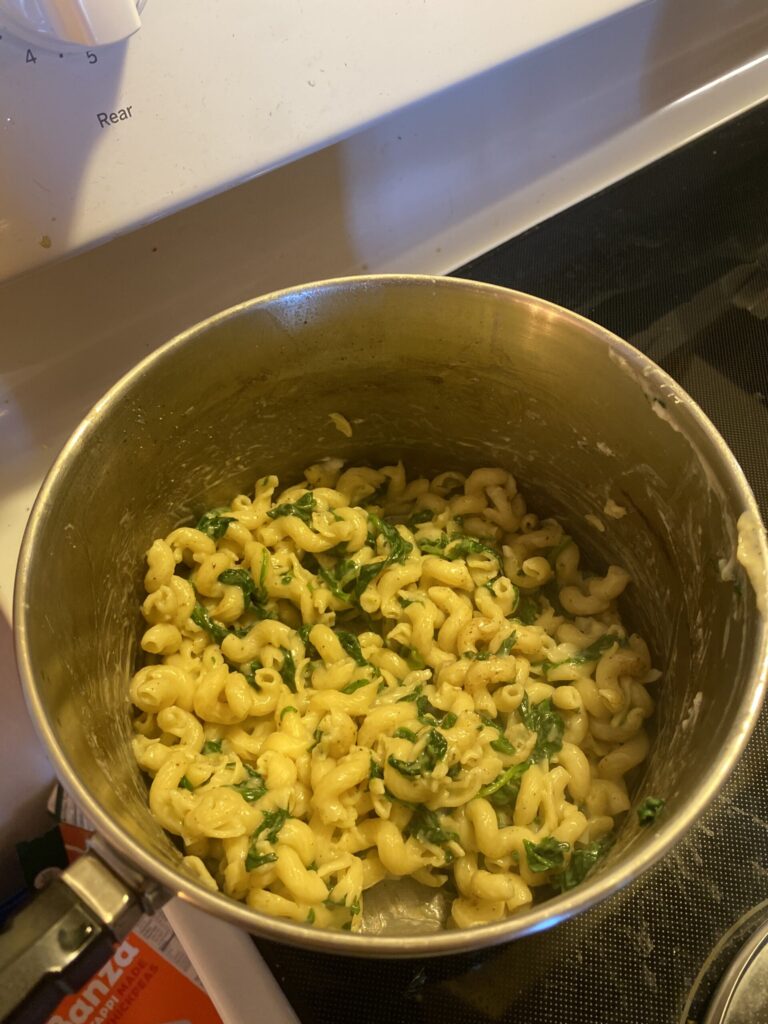
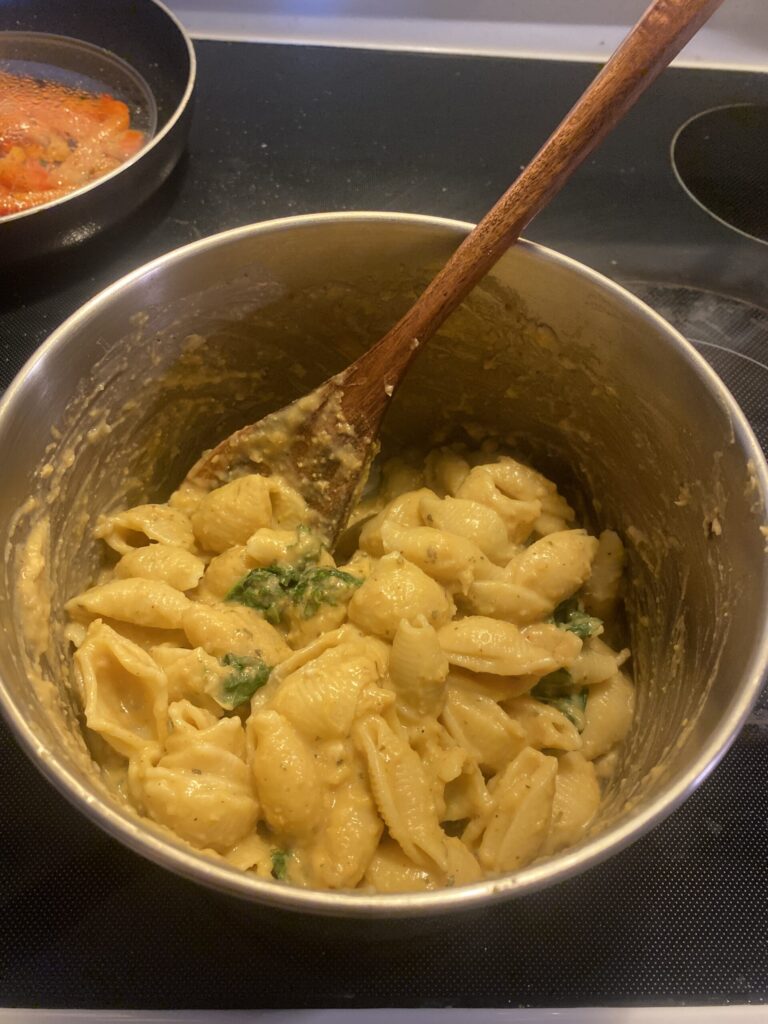

“cheesy” pastas with spinach
Now you’re ready to serve and enjoy! If you’re cooking for others, make sure everyone has a bowl and a utensil and ask if anybody wants more of any particular seasoning. If you’re just cooking for yourself, dig in right away and enjoy.
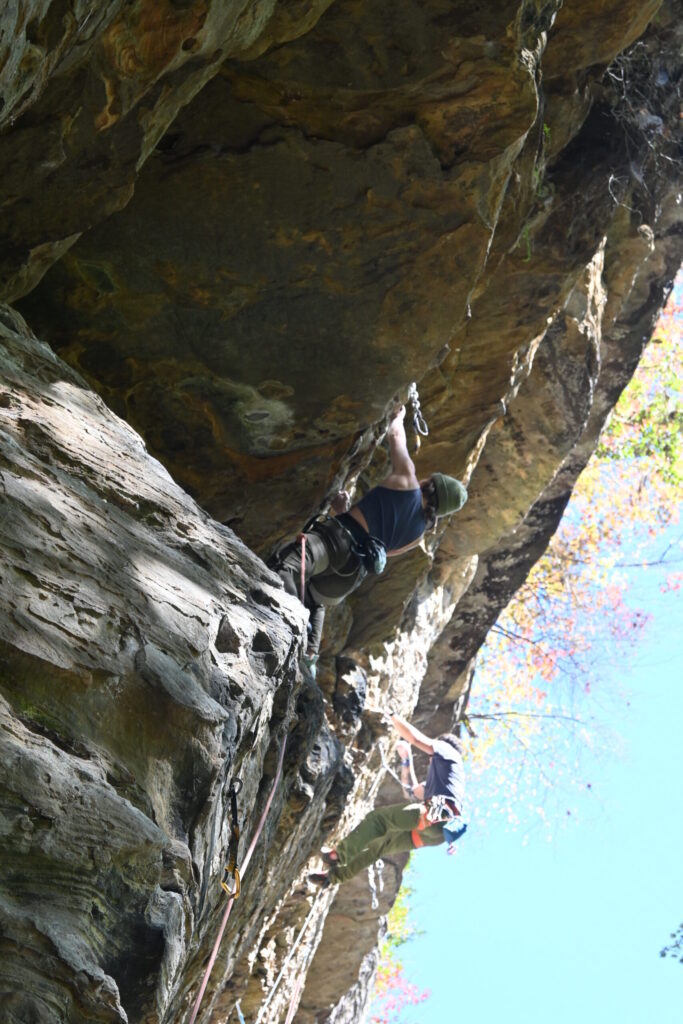
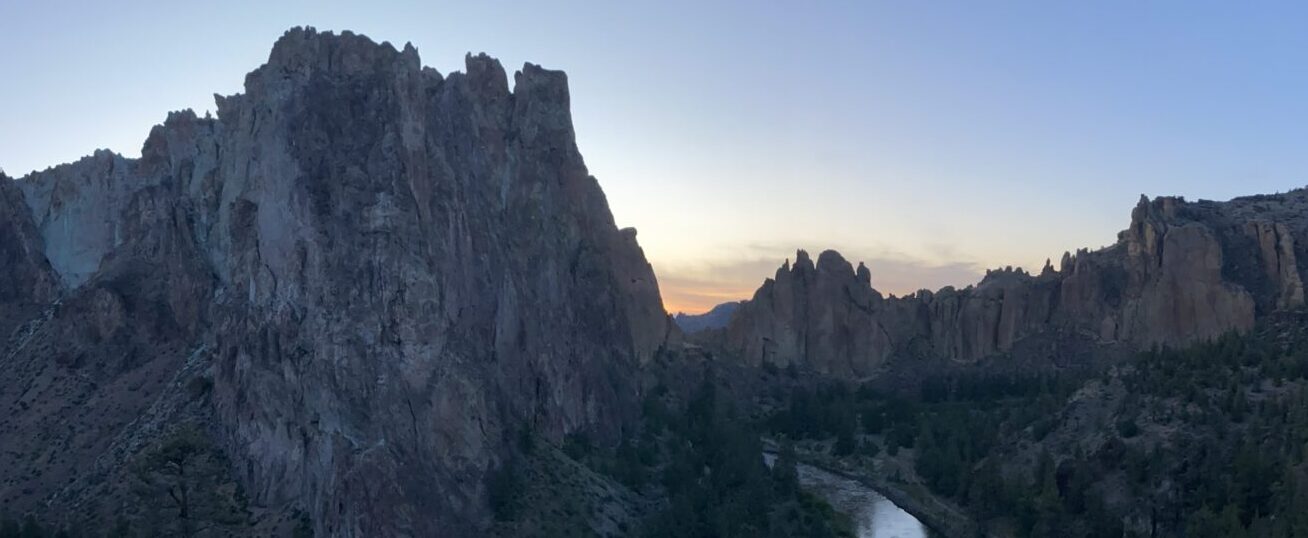
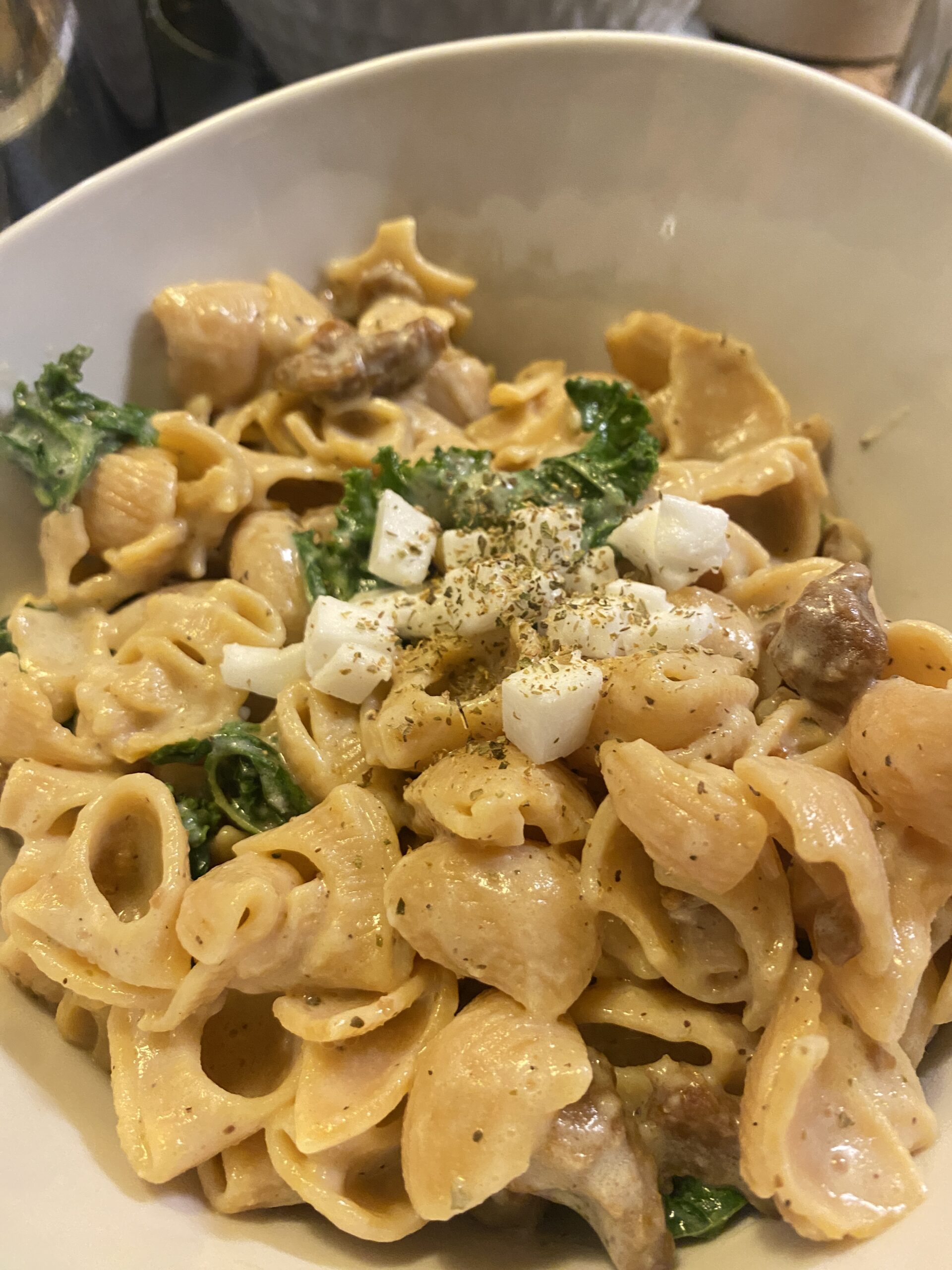

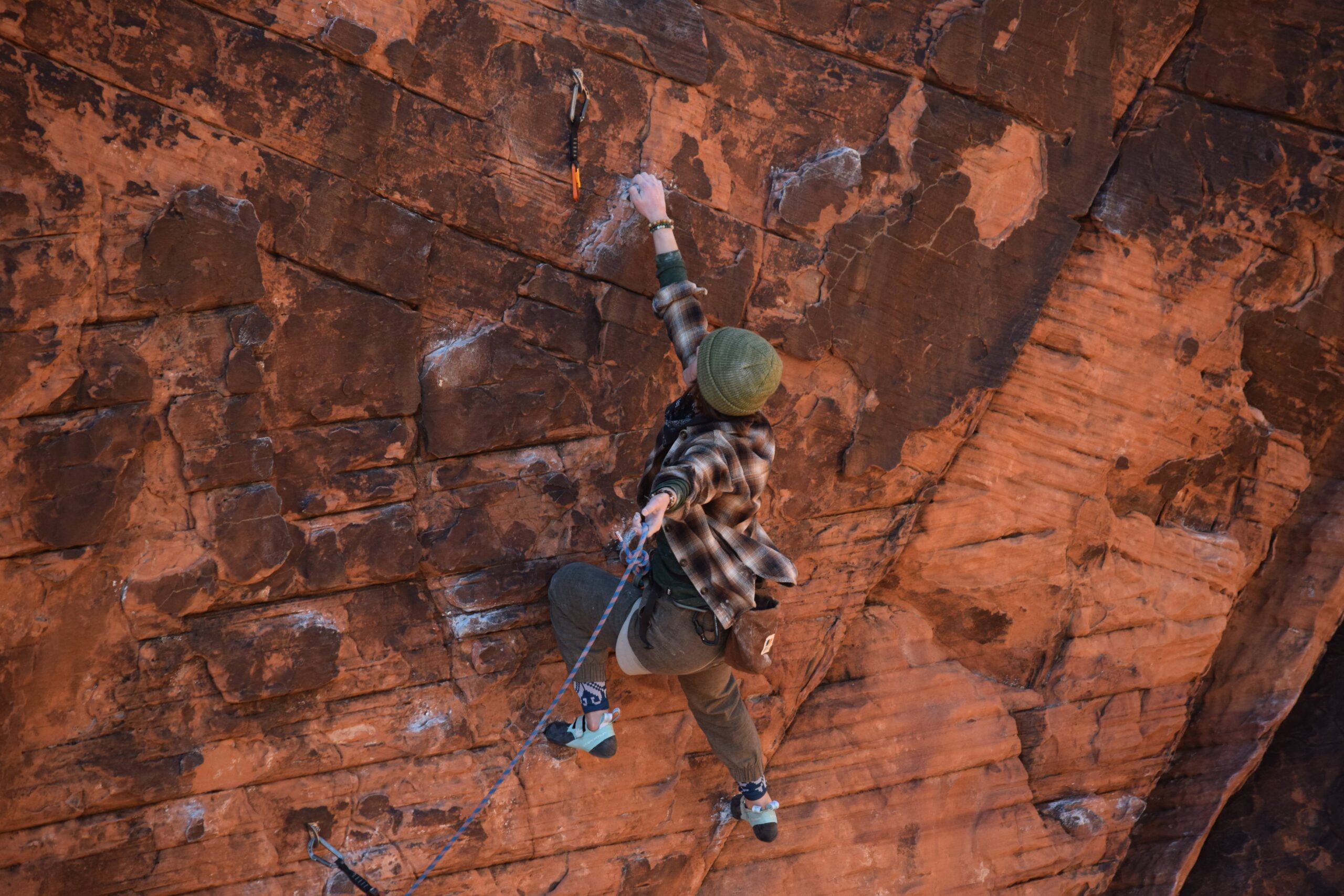

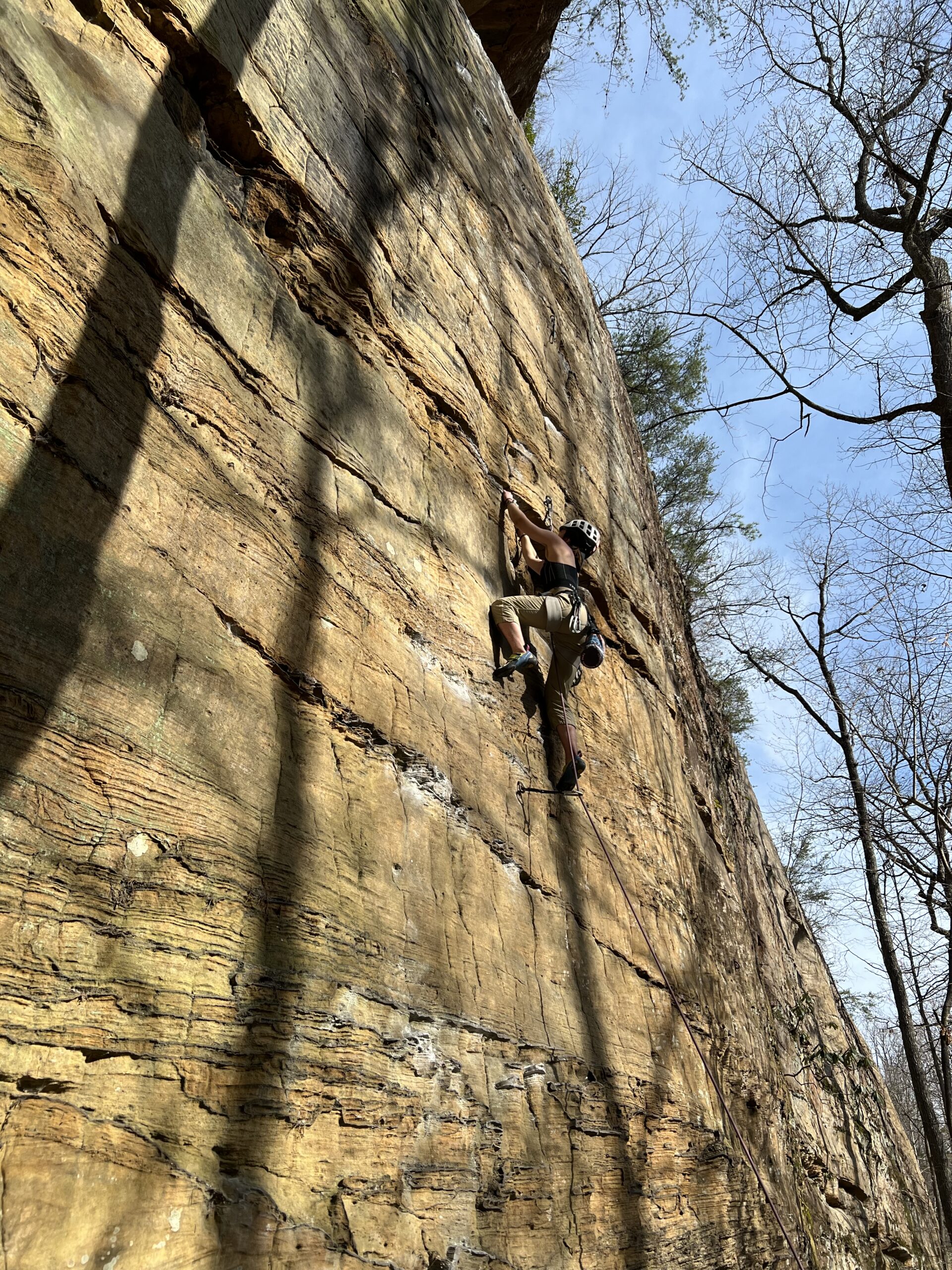
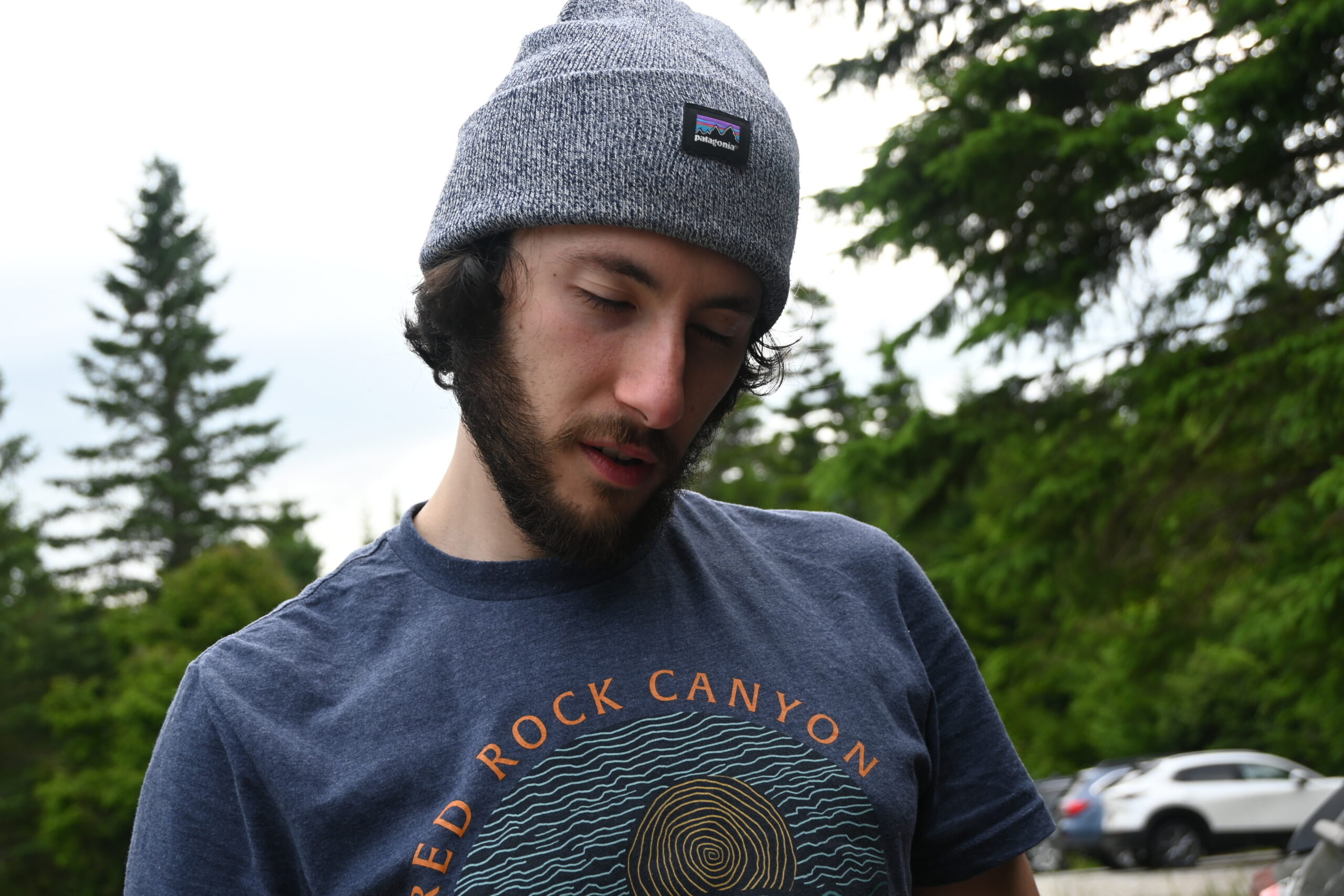
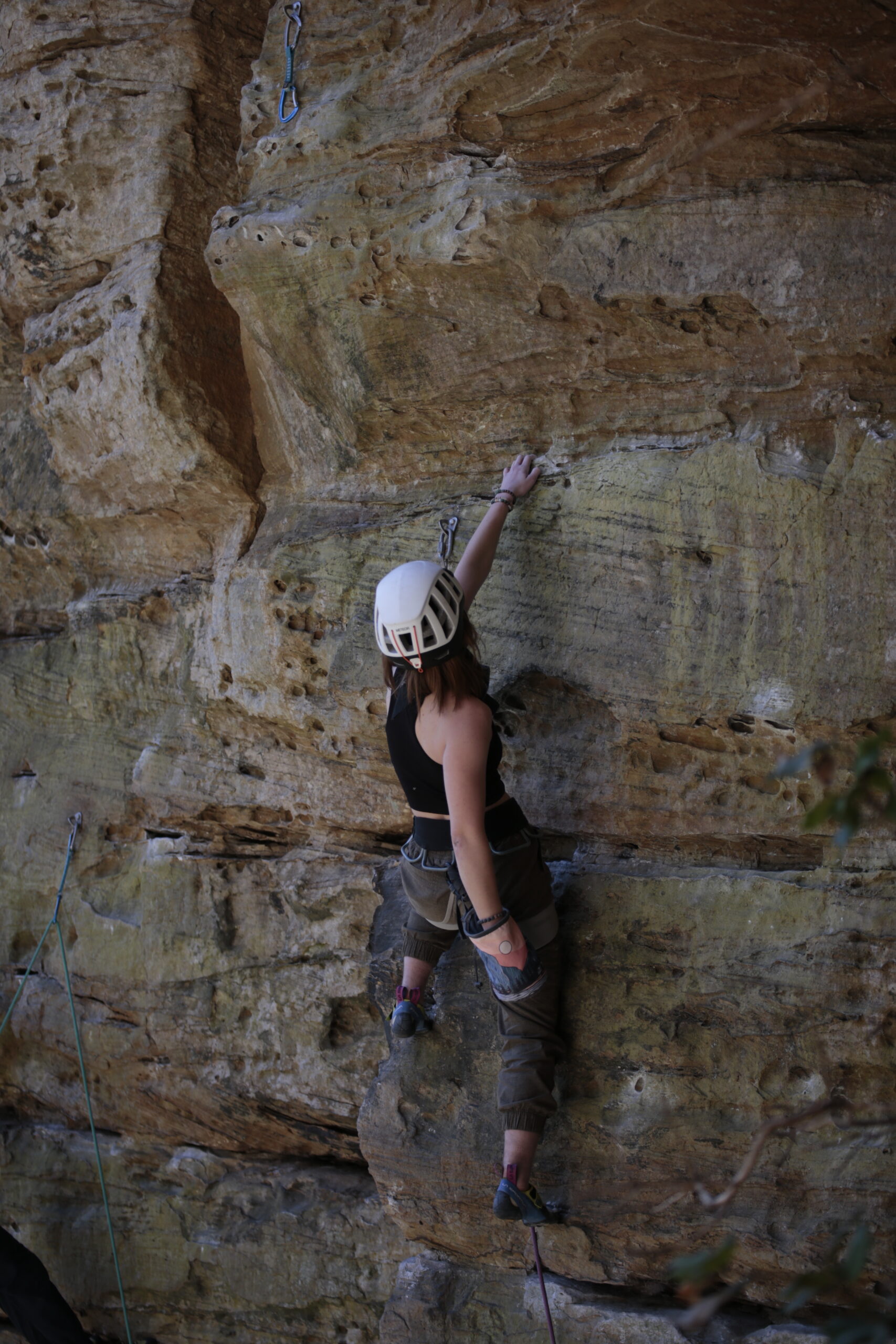
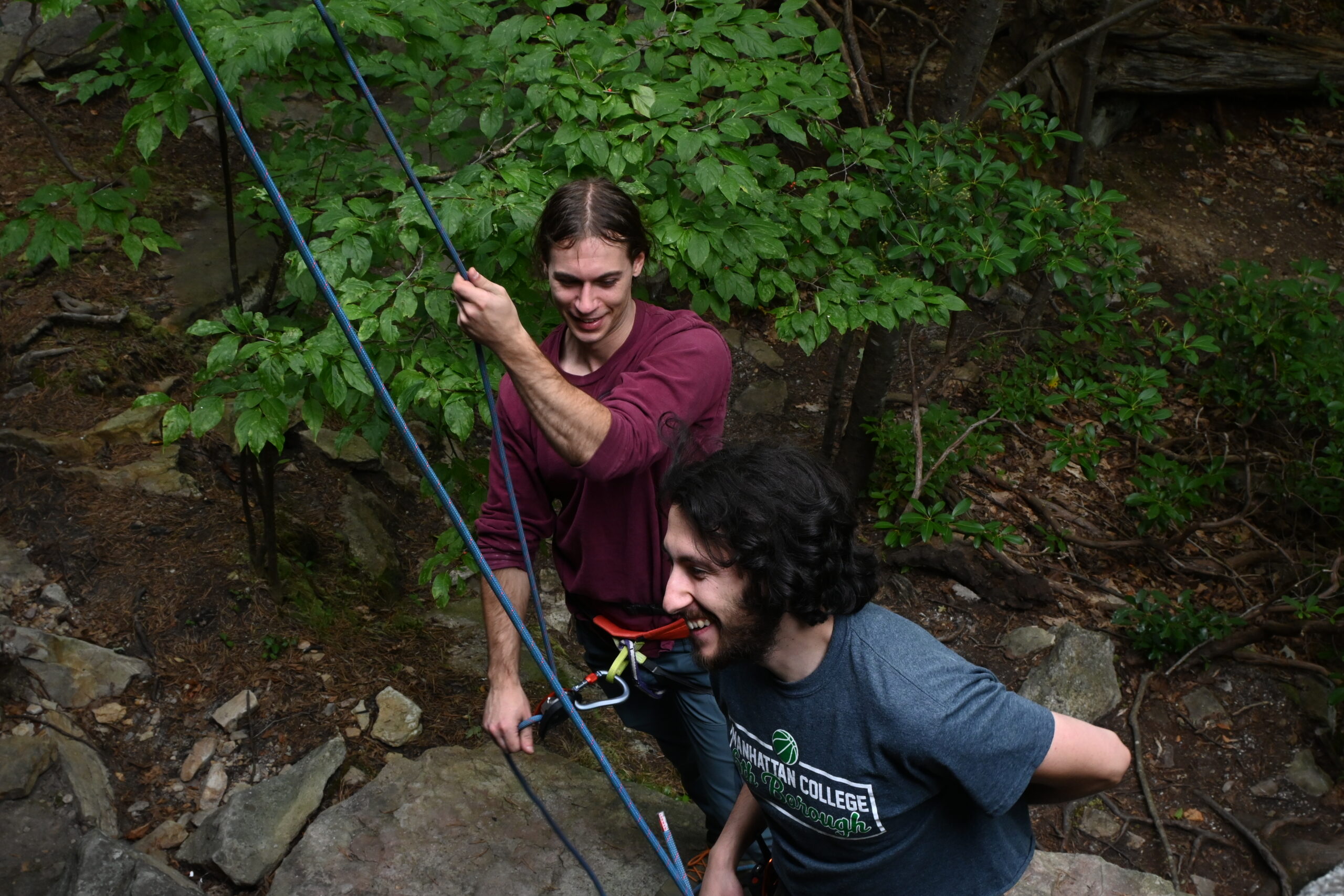

Leave a Reply